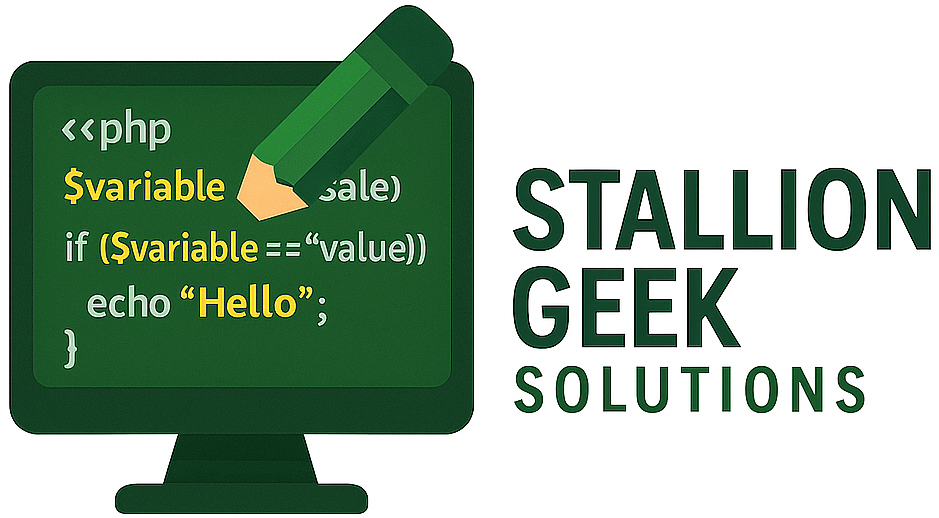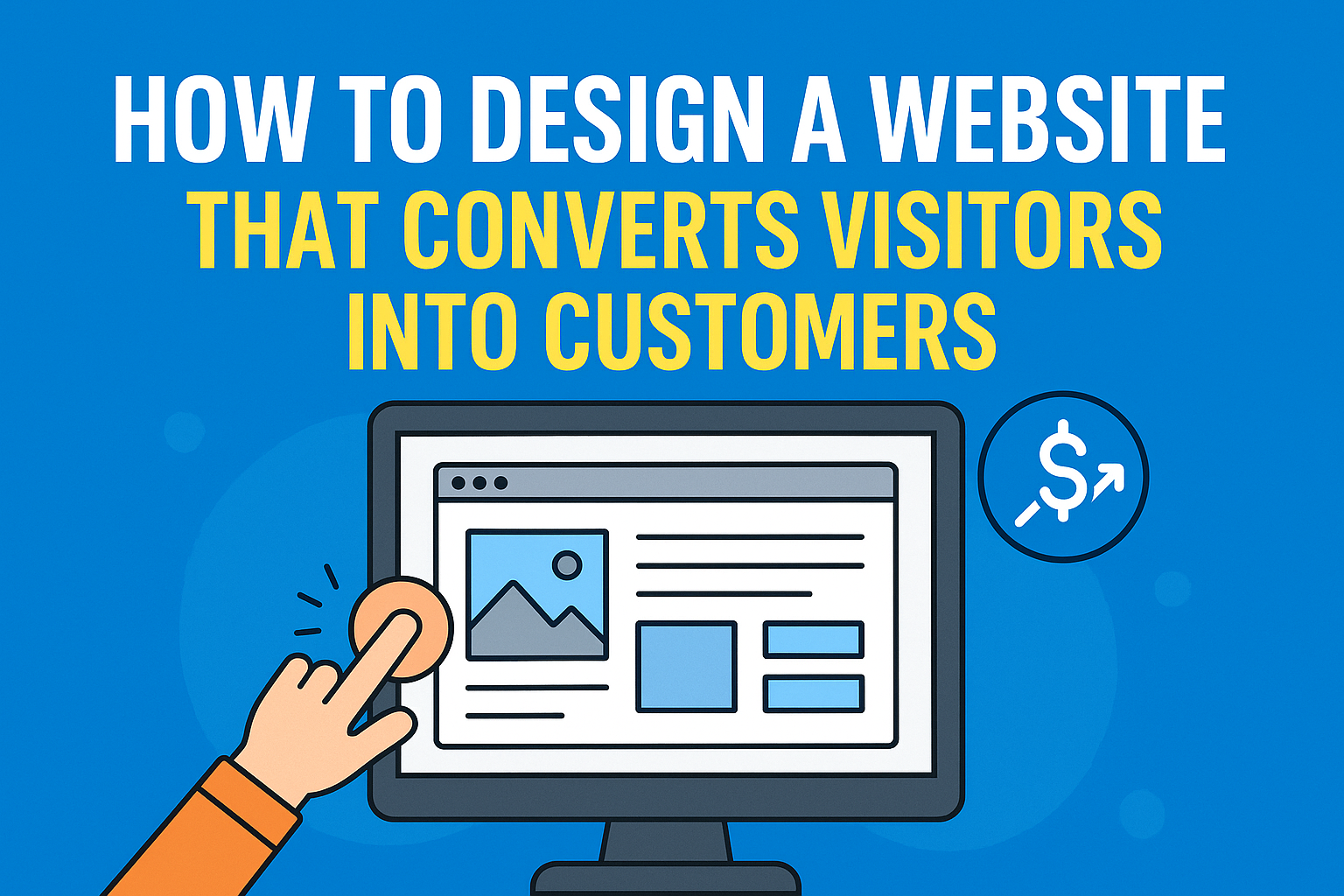Your website is more than just a digital brochure—it’s your most powerful sales tool. But simply getting traffic isn’t enough. If your website fails to convert visitors into customers, you’re leaving money on the table. In today’s competitive digital landscape, conversion-focused web design is essential.
Here’s how to design a website that doesn’t just look good but drives real business results.
1. Start with a Clear Value Proposition
The moment someone lands on your site, they should instantly understand:
- What you offer
- Who it’s for
- Why it matters
Your value proposition should be visible above the fold—ideally as a headline and subheadline. Avoid jargon. Be specific. For example:
Bad: “Innovative Solutions for the Modern Business”
Good: “Automate Your Invoicing in Minutes – No Coding Required”
Clarity builds trust, which is the first step toward conversion.
2. Design for Simplicity and Speed
Clean, simple design always converts better than cluttered layouts. Visitors should never be confused about where to click or what to do next.
- Use whitespace effectively
- Limit the number of fonts and colors
- Keep your navigation menu straightforward
Also, ensure your site loads in under 2 seconds. Site speed directly impacts bounce rate and user engagement—both critical to conversion.
3. Use Strong, Compelling CTAs
Your Call to Action (CTA) is the bridge between a visitor and a conversion. Whether it’s a “Buy Now,” “Get a Free Quote,” or “Start Free Trial,” every CTA should:
- Stand out visually (contrasting color)
- Be action-oriented (use verbs)
- Match the visitor’s intent
Place CTAs in multiple locations: after every key section, on product pages, and in the footer. Avoid vague phrases like “Submit” or “Click Here.”
4. Build Trust with Social Proof
Before taking action, visitors look for signs that they can trust you. This is where social proof comes in:
- Show customer testimonials or case studies
- Highlight third-party reviews (Google, Trustpilot, etc.)
- Display logos of well-known clients or partners
- Mention awards, media coverage, or certifications
Trust reduces buyer anxiety—and increases conversion rates.
5. Make Navigation Intuitive
A confusing site structure can kill conversions. Visitors should find what they’re looking for in 3 clicks or less. Tips for better navigation:
- Use a sticky header with clear labels (e.g., Services, About, Contact)
- Implement breadcrumbs for better orientation
- Add a site search if you have many pages/products
Guide your users, don’t let them wander.
6. Optimize for Mobile Devices
With over 60% of web traffic coming from mobile in 2025, mobile-first design is no longer optional.
Make sure:
- Text is readable without zooming
- Buttons are easily clickable
- Menus are collapsible and user-friendly
- Mobile speed is fast
If your mobile experience is poor, you’re losing conversions—period.
7. Use Visual Hierarchy to Guide Action
People scan before they read. Use visual hierarchy to direct their attention:
- Bigger fonts for important headlines
- Contrasting colors for CTAs
- Images or arrows pointing to actions
- Bullet points for easy skimming
Good design leads the eye—and the click.
8. A/B Test and Improve Constantly
No design is perfect from day one. Use A/B testing to experiment with:
- Button text
- Layout changes
- Images vs. videos
- Headlines and value propositions
Tools like Google Optimize or VWO can help you analyze what works best. Continuously iterate based on real data.
Final Thoughts
Designing a website that converts isn’t about using flashy graphics or the latest trends. It’s about understanding your visitors, solving their problems quickly, and guiding them toward the next step with confidence and clarity.
Focus on clarity, trust, usability, and mobile experience—and your website will become a true sales machine.




